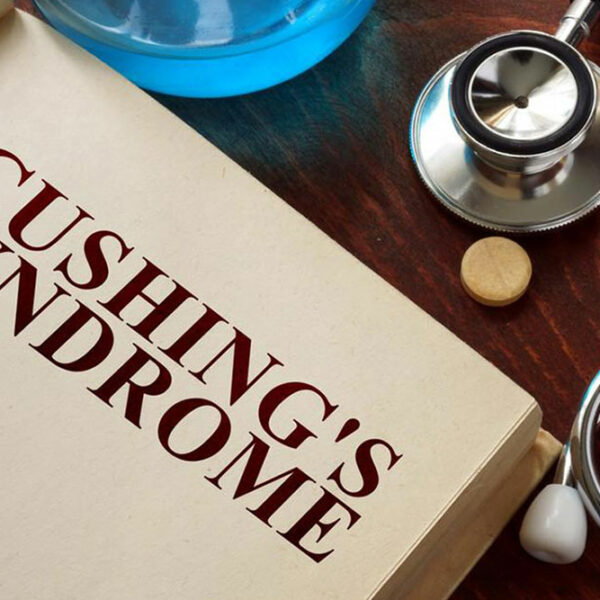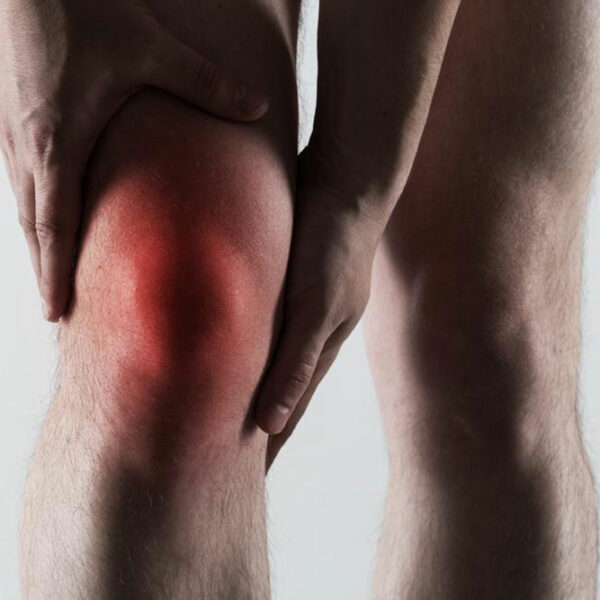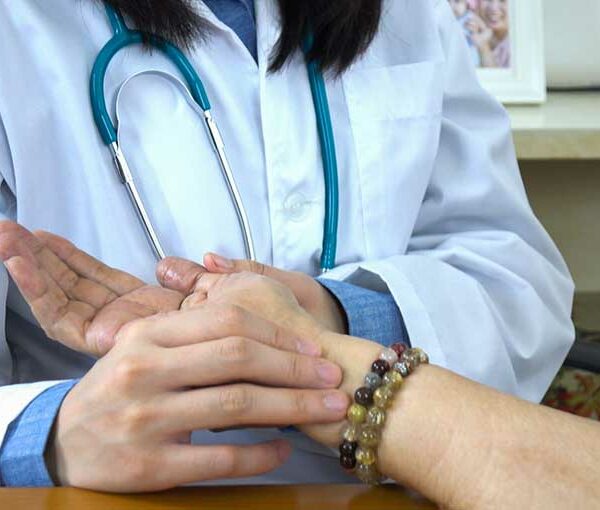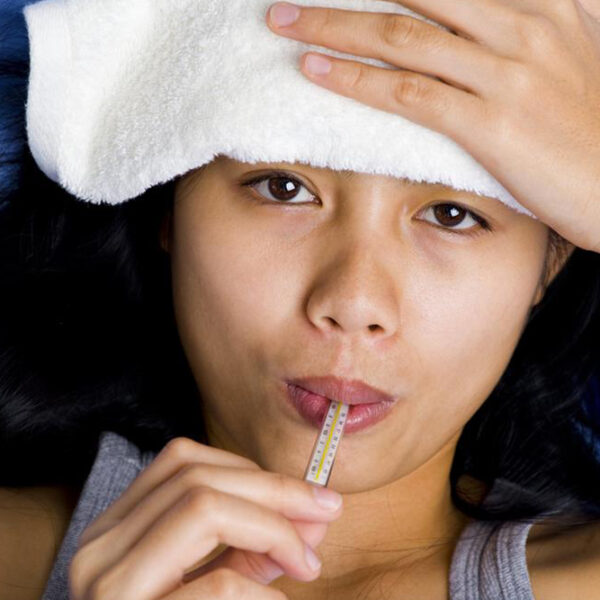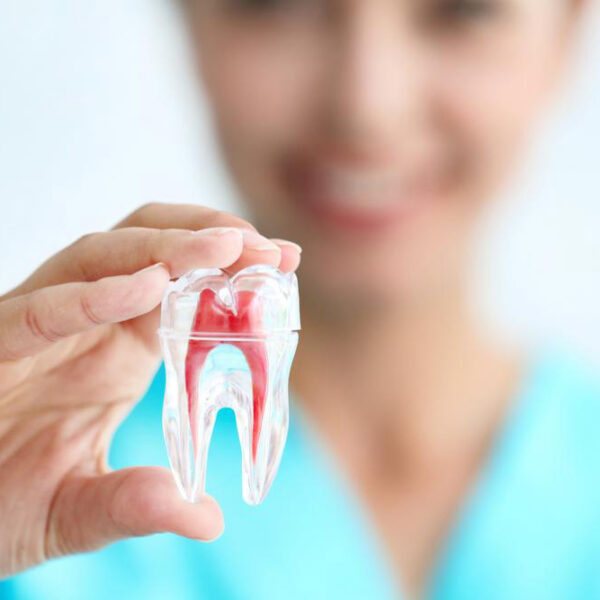
6 things to check before you visit the dentist
You have your dentist appointment scheduled and are ready to visit the clinic soon. That’s exactly when you need to ask yourself, whether or not you have checked everything? Here is the checklist that can make your visit hassle-free and productive. Read on! Sort out your professional and personal schedules beforehand Dental appointments are often stressful owing to the time they take as well as the uncanny way in which they seem to crash with other scheduled appointments. The best way to make your visit to the dentist hassle-free is to plan your visit at least a week or two before the actual date. This allows you plenty of time to plan other important schedules around the appointment. You can set a reminder in the form of a mobile alert or a calendar notification about the appointment a day before the visit. Doing so, will help you arrange everything relating to work, home, kids, etc. in advance. Step up your oral hygiene No one, not even a dentist likes peering into a smelly mouth. So, make it a point to check your oral hygiene before visiting the dentist. Start brushing your teeth more diligently in the morning and at night and floss regularly.


